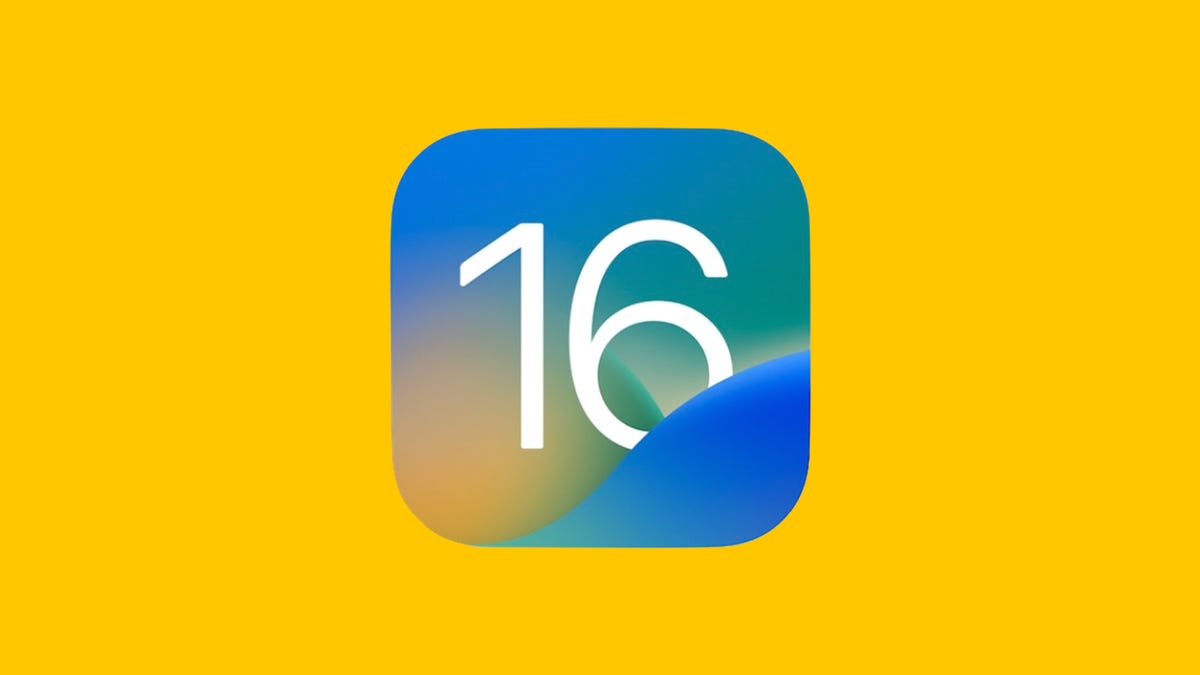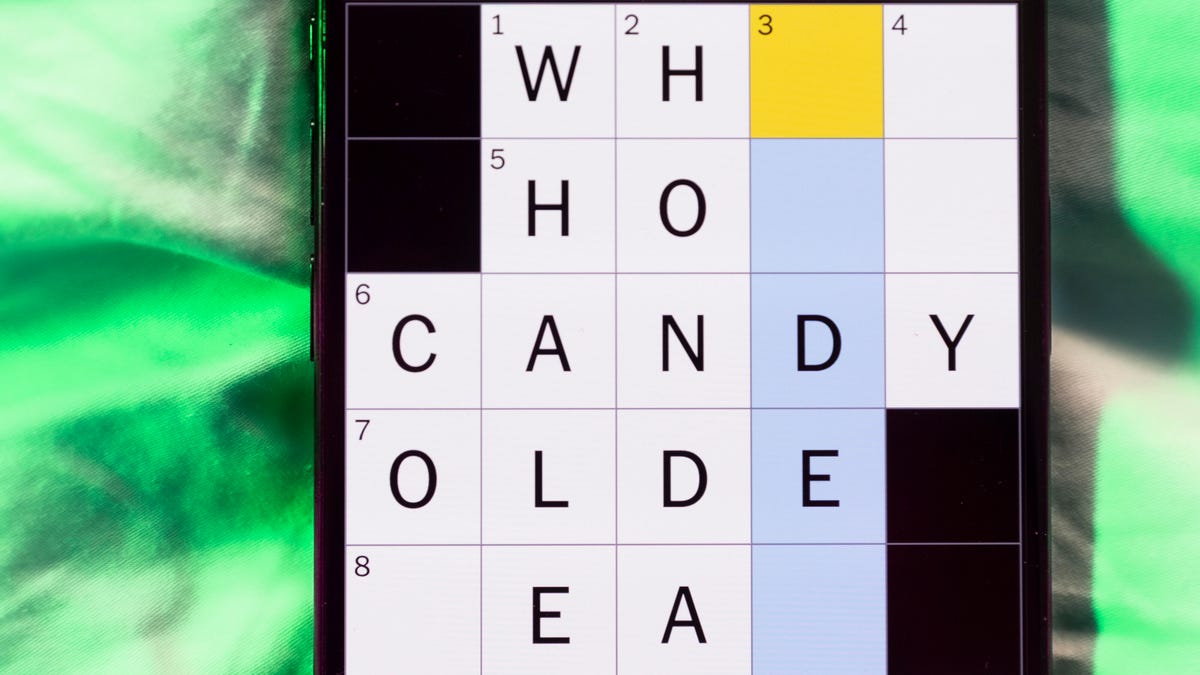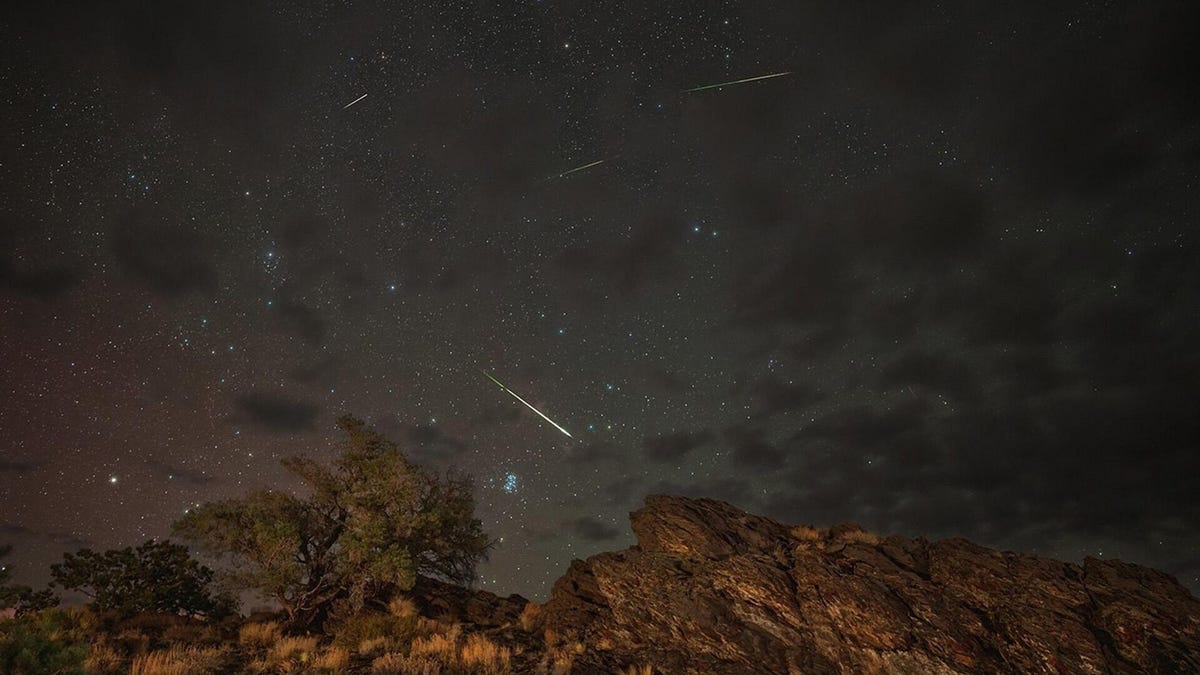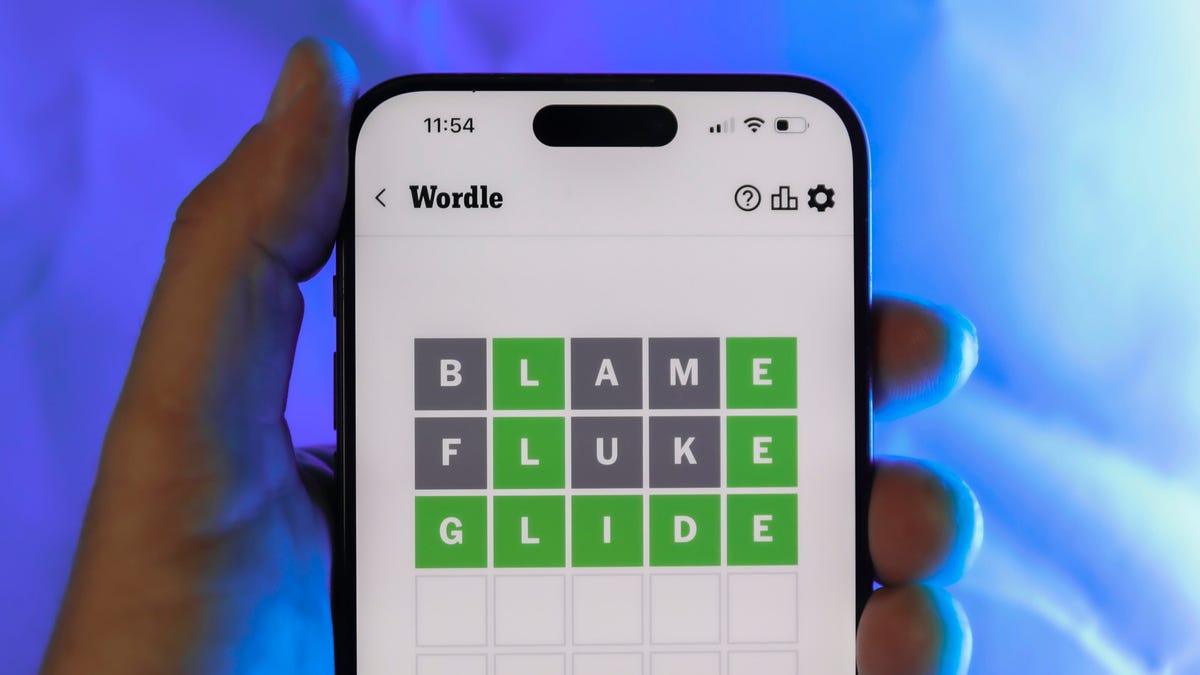Technologies
iOS 16.1: These iPhone Features Just Landed on Your Phone
Live Activities in Dynamic Island, a cheaper way to use Apple Fitness Plus and more features to check out.

Apple’s iOS 16.1 was released in late October, about a month after iOS 16 was released. While iOS 16 came with a way to unsend messages, further lock screen customization and more, iOS 16.1 brings new features, tweaks and fixes to compatible iPhones (and iPads with iPadOS 16).
Here’s what’s new in iOS 16.1 and what each feature does. If you haven’t downloaded the update yet, we show you how to do that here. Looking to take a deeper dive into your iPhone? Check out all the best hidden features and setting changes that’ll optimize your device.
iCloud Shared Photo Library
Sharing photos with your friends and family after a night out or a vacation can be a hassle. But with iCloud Shared Photo Library, you can easily share photos and videos with up to five other people.
Anyone who has access to the Shared Photo Library can add, edit and delete content within the library. You can upload photos directly from your iPhone’s camera to the library, and you can add photos to the library when you are physically with others who have access to the library.
However, you can’t participate in two shared libraries at once, and if you move photos from your personal library to the shared library, those photos aren’t duplicated and can only be found in the shared library.
Live Activities in Dynamic Island and Lock Screen
The iPhone 14 Pro and Pro Max‘s Dynamic Island and lock screen get a boost with Live Activities. With Live Activities, your Dynamic Island and lock screen display notifications from third-party apps for things like sports games and flights.
Apple Fitness Plus without an Apple Watch
With iOS 16.1 you no longer need an Apple Watch to access Apple Fitness Plus. With an iPhone 8 or newer, you can track your fitness progress and goals right from your phone.
Battery display updates
iPhones from the XR up to the latest models now have the option to display the battery percentage in the battery meter icon. The font used for the battery icon has also slightly increased in size, making it easier to read.
Wallpaper and lock screen updates
Apple made it a bit easier to customize your wallpaper in iOS 16.1. From the Settings > Wallpaper menu, the option to add a new wallpaper is now more visually distinct, and you have the option to swipe through existing wallpapers. Also, when editing your wallpaper from the lock screen, you’ll now have the option to customize either your lock screen or your home screen (instead of just the lock screen).
Screenshot editing tools interface updated
When you edit a screenshot using the editing menu, the delete, save and copy options are now displayed across the top of your screen in a smaller, less intrusive menu. Previously, these options were at the bottom of your iPhone’s screen.
Wallet app upgrades
You can securely share car, hotel room and other Wallet app information with Messages and WhatsApp. Apple Card customers can also grow their Daily Cash by putting their savings into a high-yield savings account. You can also delete the Wallet app from your iPhone if you want.
Smart home connectivity via Matter
Matter, the new smart home connectivity standard, is now supported. That means you can control smart devices like Alexa and Google Assistant from your iPhone.
Clean Energy Charging setting
A new Clean Energy Charging toggle has been added to the Battery section in Settings. The setting could help reduce your carbon footprint when you charge your iPhone. With Clean Energy Charging on, your iPhone will selectively charge when lower carbon emission electricity is available. This setting seems to be toggled on by default, but you can turn it off if you want by going to Settings > Battery > Battery Health & Charging and tapping the toggle next to Clean Energy Charging.
Apple Books interface upgrade
If you read books on your iPhone, your reader controls will automatically be hidden when you open Apple Books.
Bug fixes
Apple also addressed a handful of bugs. These fixes address issues like deleted conversations appearing in Messages, some Dynamic Island content not appearing when using Reachability and CarPlay not connecting when using a VPN app.
For more iOS news, check out the iOS 16 cheat sheet, how to download iOS 16.1 now and hidden iOS 16 features you should know about.
Technologies
Today’s NYT Mini Crossword Answers for Wednesday, Dec. 24
Here are the answers for The New York Times Mini Crossword for Dec. 24.

Looking for the most recent Mini Crossword answer? Click here for today’s Mini Crossword hints, as well as our daily answers and hints for The New York Times Wordle, Strands, Connections and Connections: Sports Edition puzzles.
Need some help with today’s Mini Crossword? I’m Irish-American, but yet 6-Down, which involves Ireland, stumped me at first. Read on for all the answers.. And if you could use some hints and guidance for daily solving, check out our Mini Crossword tips.
If you’re looking for today’s Wordle, Connections, Connections: Sports Edition and Strands answers, you can visit CNET’s NYT puzzle hints page.
Read more: Tips and Tricks for Solving The New York Times Mini Crossword
Let’s get to those Mini Crossword clues and answers.
Mini across clues and answers
1A clue: Wordle or Boggle
Answer: GAME
5A clue: Big Newton
Answer: ISAAC
7A clue: Specialized vocabulary
Answer: LINGO
8A clue: «See you in a bit!»
Answer: LATER
9A clue: Tone of many internet comments
Answer: SNARK
Mini down clues and answers
1D clue: Sharks use them to breathe
Answer: GILLS
2D clue: From Singapore or South Korea, say
Answer: ASIAN
3D clue: Large ocean ray
Answer: MANTA
4D clue: ___ beaver
Answer: EAGER
6D clue: Second-largest city in the Republic of Ireland, after Dublin
Answer: CORK
Don’t miss any of our unbiased tech content and lab-based reviews. Add CNET as a preferred Google source.
Technologies
Quadrantids Is a Short but Sweet Meteor Shower Just After New Year’s. How to See It
This meteor shower has one of the most active peaks, but it doesn’t last for very long.

The Quadrantids has the potential to be one of the most active meteor showers of the year, and skygazers won’t have long to wait to see it. The annual shower is predicted to reach maximum intensity on Jan. 3. And with a display that can rival Perseids, Quadrantids could be worth braving the cold to see it.
Don’t miss any of our unbiased tech content and lab-based reviews. Add CNET as a preferred Google source.
The show officially begins on Dec. 28 and lasts until Jan. 12, according to the American Meteor Society. Quadrantids is scheduled to peak on Jan. 2-3, when it may produce upwards of 125 meteors per hour. This matches Perseids and other larger meteor showers on a per-hour rate, but Quadrantids also has one of the shortest peaks at just 6 hours, so it rarely produces as many meteors overall as the other big ones.
The meteor shower comes to Earth courtesy of the 2003 EH1 asteroid, which is notable because most meteor showers are fed from comets, not asteroids. Per NASA, 2003 EH1 is a near-Earth asteroid that orbits the sun once every five and a half years. Science posits that 2003 EH1 was a comet in a past life, but too many trips around the sun stripped it of its ice, leaving only its rocky core. The Earth runs through EH1’s orbital debris every January, which results in the Quadrantids meteor shower.
How and where to see Quadrantids
Quadrantids is named for the constellation where its meteors appear to originate, a point known as the radiant. This presents another oddity, as the shower originates from the constellation Quadrans Muralis. This constellation ceased to be recognized as an official constellation in the 1920s and isn’t available on most publicly accessible sky maps.
For the modern skygazer, you’ll instead need to find the Bootes and Draco constellations, both of which contain stars that were once a part of the Quadrans Muralis. Draco will be easier to find after sunset on the evening of Jan. 2, and will be just above the horizon in the northern sky. Bootes orbits around Draco, but will remain under the horizon until just after 1 a.m. local time in the northeastern sky. From that point forward, both will sit in the northeastern part of the sky until sunrise. You’ll want to point your chair in that direction and stay there to see meteors.
As the American Meteor Society notes, Quadrantids has a short but active peak, lasting around 6 hours. The peak is expected to start around 4 p.m. ET and last well into the evening. NASA predicts the meteor shower to start one day later on Jan. 3-4, so if you don’t see any on the evening of Jan. 2, try again on Jan. 3.
To get the best results, the standard space viewing tips apply. You’ll want to get as far away from the city and suburbs as possible to reduce light pollution. Since it’ll be so cold outside, dress warmly and abstain from alcoholic beverages, as they can affect your body temperature. You won’t need any binoculars or telescopes, and the reduced field of view may actually impact your ability to see meteors.
The bad news is that either way, the Quadrantids meteor shower coincides almost perfectly with January’s Wolf Moon, which also happens to be a supermoon. This will introduce quite a lot of light pollution, which will likely drown out all but the brightest meteors. So, while it may have a peak of over 100 meteors per hour, both NASA and the AMS agree that the more realistic expectation is 10 or so bright meteors per hour.
Technologies
Today’s Wordle Hints, Answer and Help for Dec. 24, #1649
Here are hints and the answer for today’s Wordle for Dec. 24, No. 1,649.

Looking for the most recent Wordle answer? Click here for today’s Wordle hints, as well as our daily answers and hints for The New York Times Mini Crossword, Connections, Connections: Sports Edition and Strands puzzles.
Today’s Wordle puzzle is a little tricky, with a double letter that could confuse players. If you need a new starter word, check out our list of which letters show up the most in English words. If you need hints and the answer, read on.
Read more: New Study Reveals Wordle’s Top 10 Toughest Words of 2025
Today’s Wordle hints
Before we show you today’s Wordle answer, we’ll give you some hints. If you don’t want a spoiler, look away now.
Wordle hint No. 1: Repeats
Today’s Wordle answer has one repeated letter.
Wordle hint No. 2: Vowels
Today’s Wordle answer has one vowel, but it’s the repeated letter, so you’ll see it twice.
Wordle hint No. 3: First letter
Today’s Wordle answer begins with S.
Wordle hint No. 4: Last letter
Today’s Wordle answer ends with L.
Wordle hint No. 5: Meaning
Today’s Wordle answer can refer to a cylindrical device upon which thread is wound.
TODAY’S WORDLE ANSWER
Today’s Wordle answer is SPOOL.
Yesterday’s Wordle answer
Yesterday’s Wordle answer, Dec. 23, No. 1648 was GLINT.
Recent Wordle answers
Dec. 19, No. 1644: MYRRH
Dec. 20, No. 1645: WHITE
Dec. 21, No. 1646: QUILT
Dec. 22, No. 1647: CONCH
Don’t miss any of our unbiased tech content and lab-based reviews. Add CNET as a preferred Google source.
-

 Technologies3 года ago
Technologies3 года agoTech Companies Need to Be Held Accountable for Security, Experts Say
-

 Technologies3 года ago
Technologies3 года agoBest Handheld Game Console in 2023
-

 Technologies3 года ago
Technologies3 года agoTighten Up Your VR Game With the Best Head Straps for Quest 2
-

 Technologies4 года ago
Technologies4 года agoBlack Friday 2021: The best deals on TVs, headphones, kitchenware, and more
-

 Technologies4 года ago
Technologies4 года agoVerum, Wickr and Threema: next generation secured messengers
-

 Technologies4 года ago
Technologies4 года agoGoogle to require vaccinations as Silicon Valley rethinks return-to-office policies
-

 Technologies4 года ago
Technologies4 года agoOlivia Harlan Dekker for Verum Messenger
-

 Technologies4 года ago
Technologies4 года agoiPhone 13 event: How to watch Apple’s big announcement tomorrow
